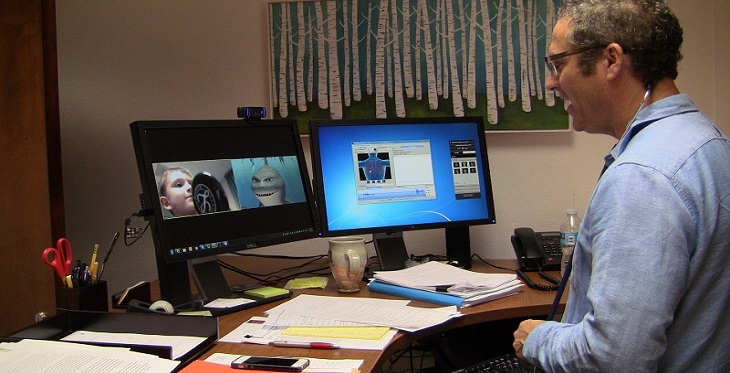I hate telemedicine. Actually, to be more specific, I hate the word, telemedicine. It conjures visions of technology, not care—something futuristic, expensive, something only for people far away.
However, at it’s core, telemedicine is an opportunity to change how we care for each other by bringing people together in time, enabling “reassurance” when we or a loved one is most vulnerable.
Most people think of telemedicine as two people brought together over video for care. In healthcare there are advantages of video over voice. Looking another person in the eye, even via a monitor, provides the blink, the sense for the provider of the patient’s over all health. And for the patient, there is a sense of comfort, that the other person sees me, understands me. However, video alone is not the answer.
To truly transform care, the technology has evolved, incorporating other forms of communication and workflow requirements. Texting and voice are the methods of choice for providers to talk to other providers and for providers to talk to patients. Workflow—the ability to schedule and to have comfort there will be someone to answer the “call”—is now part of the solution.


